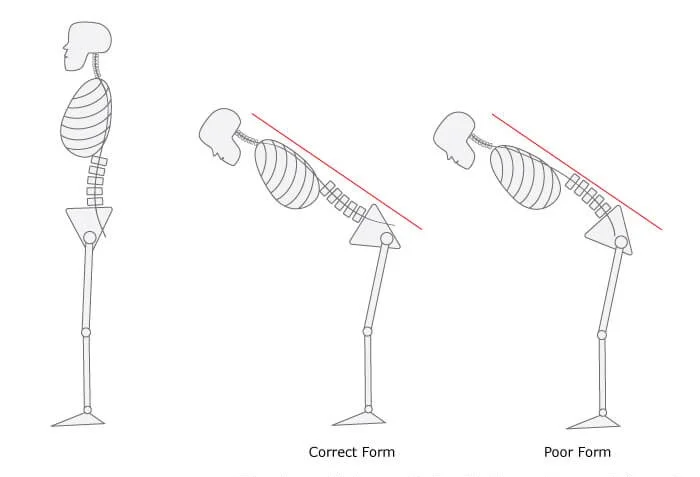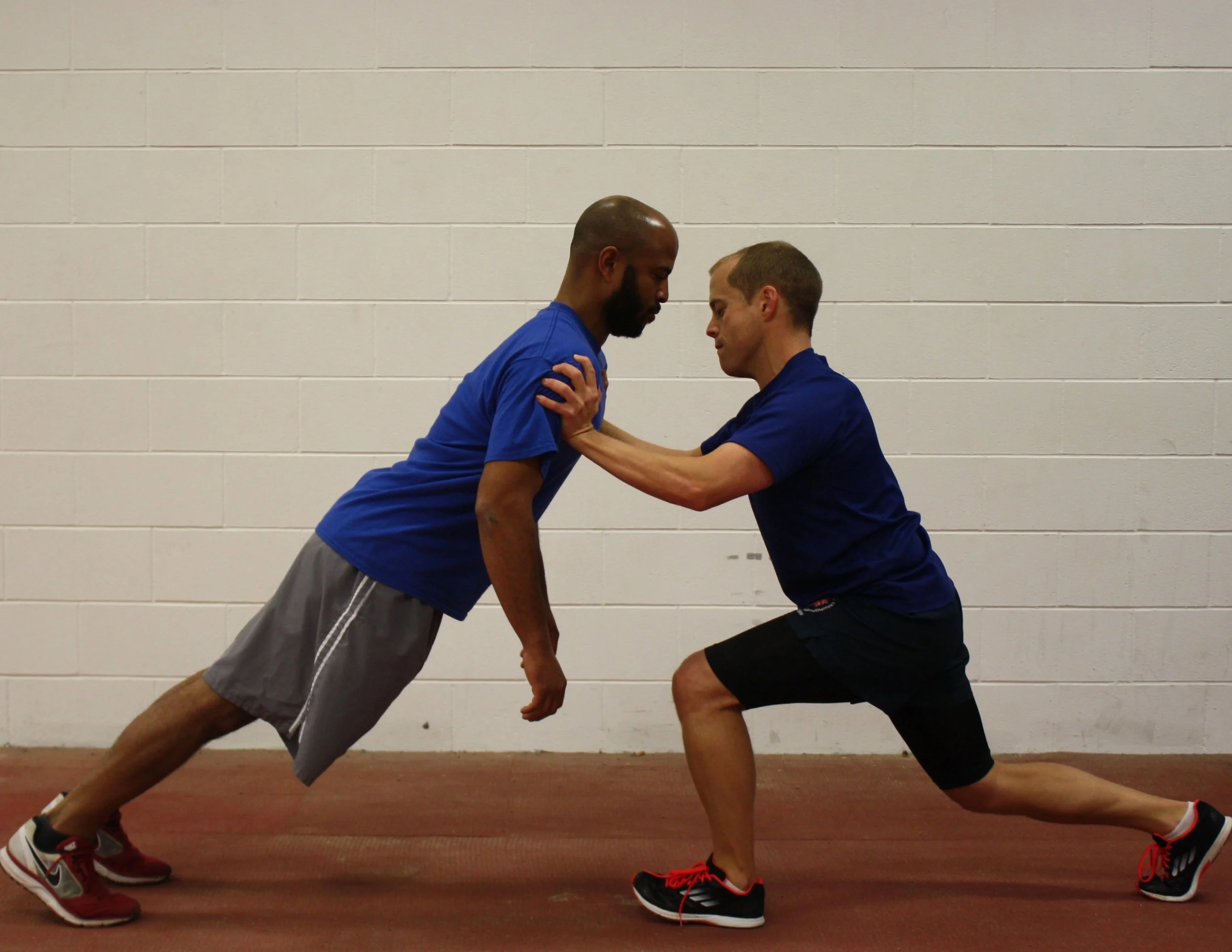Given the global situation, and with many provinces under varying degrees of lockdown, we are presently faced with finding strategies for remote programming that continue to meet the needs of athletes who do not currently have access to facilities, and in some cases are confined to their homes. In particular, a major challenge we face is providing an adequate training stimulus with minimal equipment and space, to ensure strength and power qualities are maintained, rather than solely providing conditioning with body weight circuits.
Informed Shorts: Is 'Hip Hinge' Really a Fundamental Movement?
The Why, What, and How of Coaching Movement: Part 1
In an early post entitled ‘The Rise of the Movement Specialist’ we identified an apparent gap in the technical input and direction provided to athletes when it comes to athletic movement skills. The appearance in recent times of hordes of self-styled ‘movement specialists’ seeking to fill the void, or rather recognising a niche in the market, is indicative that something is presently lacking. With this 3-part post we attempt to tackle the question of what our role is in this space, and offer some guidance on how we can do better.
In this first part of the 3-part series, we start with ‘why’…
Nuance - The Path to Enlightenment in Athletic Preparation
Nuance is an under recognised keystone of practice in elite sport. We have spoken previously about critical thinking as a critical skill for coaches and practitioners in the Information Age, as a means to evaluate and integrate information from different sources. Nuanced understanding is critical for the steps that follow. Nuance is required to derive real meaning from the knowledge acquired and make use of it. Nuance is also critical to cope with the complexity inherent in human performance. In this post we will make the case for practicing nuance as an active skill in order to combat the epidemics of superficial knowledge and binary thinking.
The Puzzle of Programming Training for Humans
I regularly engage in mentoring coaches and practitioners, and the universal starting point in this process is a 'SWOT analysis', allowing the individual to identify areas where they require development. A frequent response and common theme relates to the process of planning or programming training. Before we get into the puzzles to solve when programming physical preparation, let us begin with a revelation: athletes are humans not machines. Input does not necessarily equal output. When working with athletes we must understand that we are dealing with inherently complex and highly dynamic biological systems. Designing a training plan for an athlete or a group of athletes is therefore far from straightforward.
In this post we will unmask the flaws in the conventional wisdom that relates to planning and programming, including periodisation models. We will uncover the realities we face when programming training, explore the puzzles involved, and define the challenges we must resolve. Finally, we will outline a road map approach to guide planning physical preparation in a way that acknowledges the uncertainty, along with some strategies to help navigate the unknown and shifting terrain, to allow us to steer and adapt our course as we go.
A Practical Take on Long-Term Athlete Development
'Long-term athlete development' has perhaps never been more topical, with an ever-growing number of programmes worldwide providing training for children and adolescent athletes. Mostly there is agreement on the need for structured 'athlete development' programmes for kids who engage in youth sports. We have consensus that appropriate physical and athletic development is beneficial for kids' health, performance and long-term outcomes. Still, confusion remains among parents, young athletes and practitioners, as authorities in the field continue to hotly debate the details. Here we will attempt to cut through these debates and provide much needed clarity and context to resolve some of the confusion. As we generally agree on the 'why', we will attempt to move things forward by finding shared ground and common principles to guide the 'what' and 'how' in relation to long-term athlete development.
The Training System Trap
In the realms of training, coaching and even sports medicine there is often pressure to align with a particular approach or 'system'. The urge to belong to one camp or other is common and beguiling. Proponents for whatever approach is in vogue are often vocal and active in pursuing new recruits; and it is not uncommon to see much haranguing of those who subscribe to alternative approaches or competing training systems. In this post, we investigate this topic further. For instance, are there potential down-sides to adopting a training system? We will also explore an alternative path of being systematic in our approach, versus 'having a system'.











